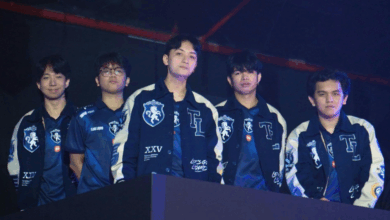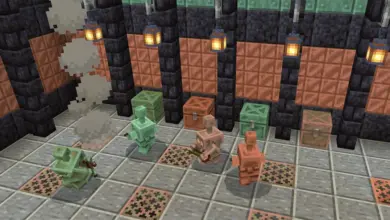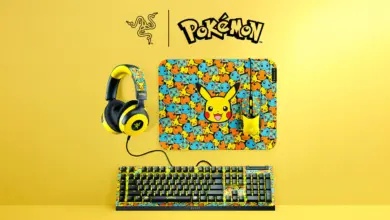Unlock Your Entertainment: Nvidia’s G-Assist AI Now Controls Spotify & Twitch!

Nvidia Enhances G-Assist with new Plugin Features
Nvidia is broadening the functionality of its AI assistant, G-Assist. Initially designed for gaming, it now supports plugins that transform it into a versatile digital assistant for Windows users. launched last month, G-Assist has evolved to work with popular platforms like spotify and Twitch, as well as smart RGB devices through a new plugin system that utilizes local AI processing.
Expanded Capabilities of G-Assist
The latest update allows G-Assist to connect with various applications and APIs. Users can execute numerous tasks using simple voice or text commands. This includes hands-free control of spotify, real-time stock facts, weather checks, monitoring Twitch streams, and adjusting RGB lighting or fan speeds on compatible devices from brands like Logitech G and Corsair.
Custom Plugins for Personalization
A new plugin builder based on chatgpt technology enables developers to create and share custom plugins easily. Nvidia has provided sample plugins on GitHub that users can install and modify according to their preferences. This feature makes G-Assist a highly customizable personal assistant suited for individual needs.
Current Plugin Functions
- Spotify Control: Manage playback options such as volume and song selection via voice or text commands.
- Twitch Updates: Ask questions like “Is [streamer] live?” for instant updates.
- Google Gemini Integration: Connect with Google’s conversational AI for enhanced chatbot experiences.
- Peripheral management: Adjust RGB lighting or fan speeds across supported hardware.
- Stock Information: Access real-time stock prices whenever needed.
- meteorological Data: Request current weather conditions in any location instantly.
A Local Approach to AI Assistance
Differing from many cloud-based assistants, G-Assist operates locally using a compact language model hosted on Nvidia’s RTX GPUs. It requires about 10GB of storage space to function effectively while supporting voice recognition features. Currently compatible with RTX 30-, 40-, and 50-series desktop GPUs, it performs best when the GPU has at least 12GB of VRAM available.
The Benefits of Local Processing
this local-first design gives users greater control over their data while providing rapid response times without needing an internet connection. It also means that G-Assist remains functional even when offline—a unique advantage among today’s AI assistants in the market.
User-Friendly Installation Process
You can find G-Assist as an optional feature within Nvidia's main app for Windows systems. Developers interested in creating their own plugins have access to comprehensive documentation along with starter templates through Nvidia's GitHub repository—encouraging community involvement in expanding the assistant's features further.
Nvidia's Vision for PC Enthusiasts
This strategic move positions Nvidia’s G-Assist not only as a gaming tool but also as an essential resource for PC enthusiasts seeking voice-driven access to applications, devices, and data—all utilizing existing hardware they already possess.





